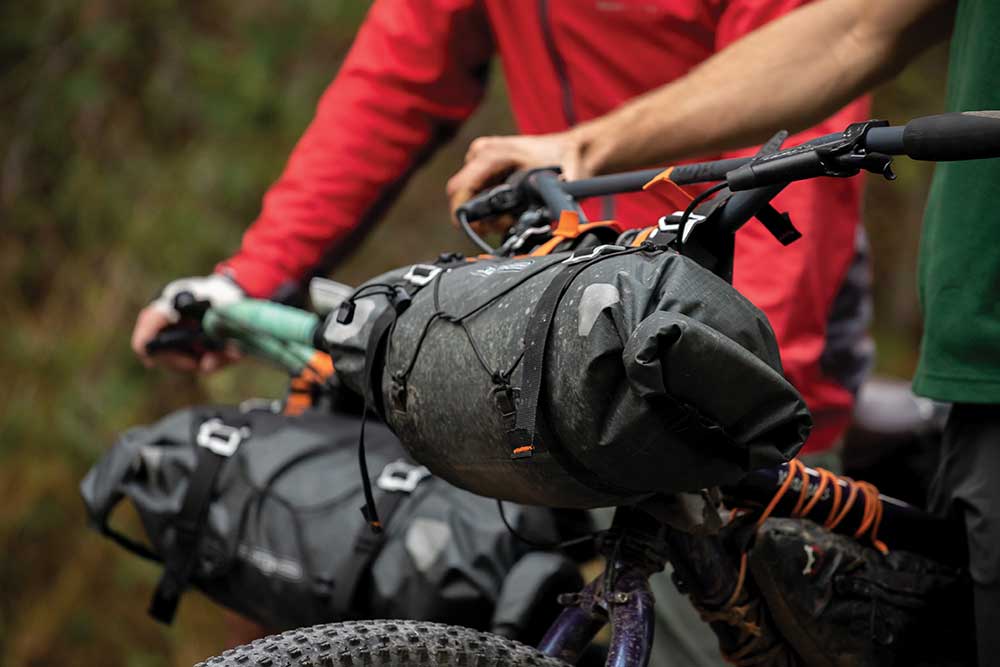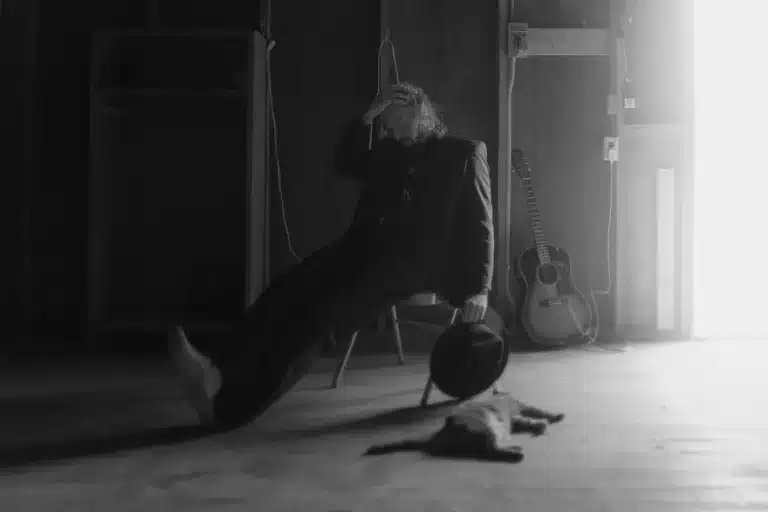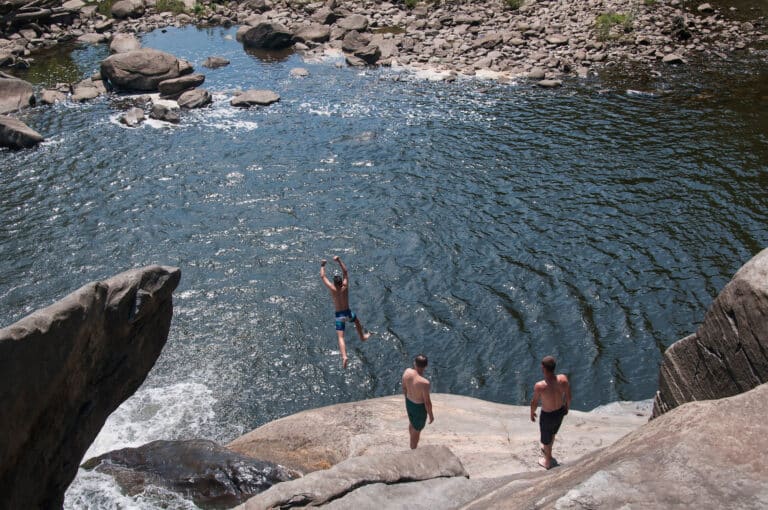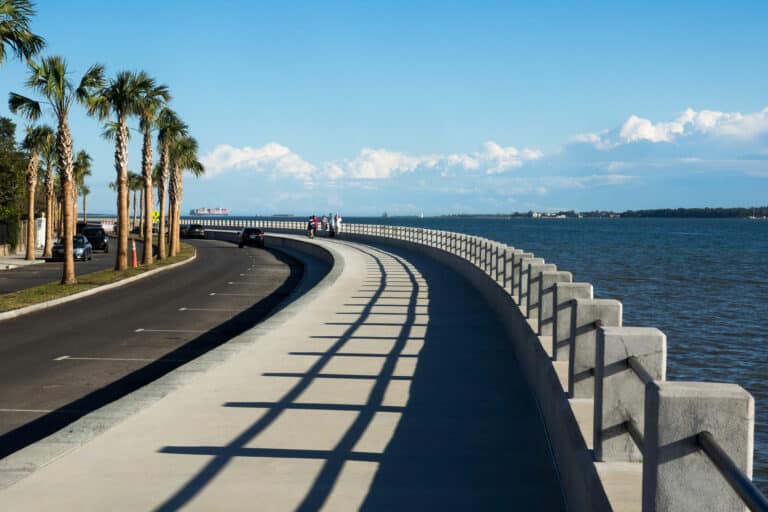“I hope we don’t kill the backpacker.”
Funny joke. The folks I was having dinner with—a handful of cycling gurus from bike gear manufacturer Blackburn Design—clearly knew my schtick, and it was just starting to sink in, to them and me, that this would be something different.
Personally, I hadn’t really put much thought into this trip. More an expert in boot-based camping, I was asked along to experience backpacking’s hybridized cousin during three days of bIckpacking along gravel roads outside Asheville, North Carolina. I’d always been curious about bikepacking and had never been to Asheville, so the only real consideration I put into the trip centered around needing to run to a local gear shop to get a pair of real chamois. For my hosts, I was clearly a reasonably fit guy who (at least, they assumed) knew how to pedal. Eh, he’ll be fine.
But now we were huddled around a map on someone’s phone looking at the specifics. Somewhere in the neighborhood of 175 miles and close to 15,000 feet of climbing in those three days. I took another sip of my beer hoping it wouldn’t be my last one. Yeah, let’s try not to kill the backpacker.
Even if I was far from ever calling myself a cyclist, I was no stranger to bikes. Riding around the hills of upstate New York, where I grew up, on the simple hardtail that my parents had given me for my 16th birthday was my workout of choice (running was never fast enough), and the same bike was still my preferred commute around Seattle. That said, the longest I ever spent on it was one or two 40-mile days, I never owned any cycling-specific clothing, and aside from a vague understanding of how to change an inner tube, I put little time into knowing how the bike worked or what anything not attached to the handlebars did. Loading my bike with camping gear and riding for three days straight, let alone for 50, 60, or 70 mile days, was going to be a shock.
Thankfully, I was able to leave the nearly 10-year-old bike at home in favor of borrowing a much lighter, better-geared gravel bike, loaded up with a couple of gifted bike bags. The camping gear I was no stranger to, but where it should go on the bike took some trial and error. Before long, though, I had a system together. One bag, which could quickly come off the bike at the end of the day, had my tent and sleeping bag in it. My hydration tube snaked out of my frame bag and sat in easy reach, as did my phone. A rain jacket was strapped to the top of my seat bag for quick access. The bike suddenly felt a little homier and comfortable—at least for the first few miles of the ride the next morning, until I ate it crossing a small creek deeply cut into a section of singletrack.
This was going to be a long weekend.
I don’t think I’ve ever felt pain in my forearms like this before, but I can’t let go. Careening down a windy, bumpy gravel road somewhere deep in Pisgah National Forest, they’re the only thing keeping me from picking up too much speed, hitting one rock the wrong way, and skidding out into the loose stones. My guts feel like a shaken cocktail and my handlebar bag is bouncing enough to occasionally tap the tip of my front tire. I’m somewhere close to halfway through day two, and while it is my lower half killing me this morning as we climb up and over the Blue Ridge Parkway, now it’s the top half. I wasn’t expecting this to be a full body workout.
I have to walk my bike a few times. There is some muddy singletrack that I just cann’t pedal through, and there is a crazy steep gravel hill that almost no one is able to pedal up. The organizer hyped it as “the hardest 100 yards you’ll ever ride.” I don’t make it far up that at all.
By the time I roll into our camp that night, having ridden 70 miles and climbed 6,500 feet, I was even more worked. I lay in the grass of the discreet hollow we were camping in, the hills rising up around me and the cool air sinking into the damp ground. I feel like I’d seen it all: Dark tunnels of green hiding scrambley doubletrack, wide open vistas looking down on a carpet of green, the “cradle of American forestry.” Waterfalls cascading over sheets of shale, and broad granite domes rising like bubbles from the woods. Quiet towns crisscrossed by gravel, and muddy singletrack on hillsides that look like they haven’t been touched in centuries. All in one day.
That night, I quickly set up camp and join my companions in a circle of sleeping pads, our backs against soggy logs. Local beers cool us off as the fall sun weaves through the trees and a warm breeze reminds us of the sweat still clinging to our backs.
Bikepacking has all the best parts of backpacking: A comfortable camp, good friends, drinking beers in the dirt, scenery, and a connection to the environment that only comes from traveling for a few days under your own power, outside. The difference? I had seen a whole lot more today than I ever could have on foot. It may have worked me a little harder than a similar amount of time spent walking, but so far I was surviving better than I thought I would. It was worth it.
The next morning starts like any day on the trail. I crawl out of my tent, careful not to touch the dewy nylon, eat some breakfast, then start to break things down. By now I know precisely how everything packs onto my bike, and before long, I’m ready to start the ride back toward Asheville. As disappointed as I am to be wrapping up the trip, I feel better about heading home after three days than I normally do after a quick two-night backpacking trip in a new place. I feel like I know it. The picture I’ve gotten of this region this weekend is a long one, covering nearly 200 miles through towns, forests, and mountains. And it was a hard one, forcing me to push for every hill and hold on tight for every descent. I can’t help but think grinding gravel might have been the most effective way to really become familiar with the Pisgah.
I could never kill the backpacker inside of me. But trading the boots for pedals might be the ultimate way to explore someplace new.
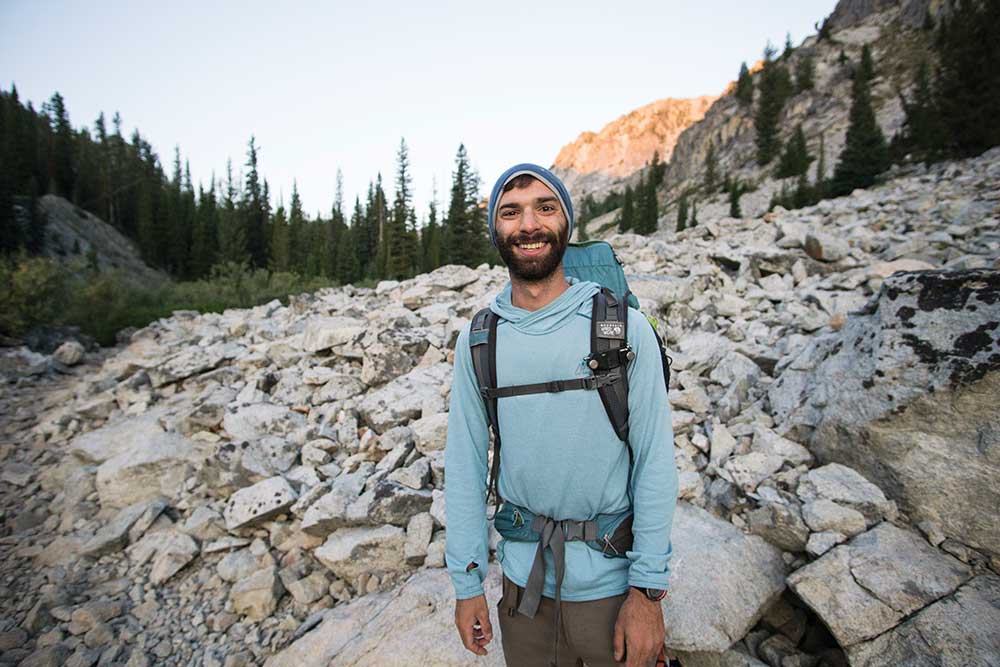
Inside Ryan’s Bike-Pack:
- Handlebar bag
- Tent
- Camera
- Sleeping pad
- Frame bag
- Phone
- GPS
- Hydration bladder
- Basic bike tools (multitool with hex wrenches, screwdriver, spare tube, tire levers, etc.)
- Cookware (bowl, mug, silverware)
- Book
- Headphones
- Seat Bag
- Sleeping bag
- Extra riding clothes (long pants, extra shirt)
- Camp clothes (gym shorts, clean shirt, socks, clean underwear)
- Rain jacket (strapped to the top)
